jns Naturtour
Events in Sri Lanka
Sinhala and Tamil New Year Festival in Sri Lanka
Sri Lanka bursts into vibrant life each April with the joyous celebration of the Sinhala and Tamil New Year Festival, also known as Aluth Avurudda. This national holiday transcends cultural boundaries, uniting Sinhalese and Tamil communities in a shared tradition that marks the beginning of the new year based on the solar calendar.
The festivities kick off with a special period called “Nonagathe,” a time of abstinence from work and worldly pursuits. This allows families to focus on cleaning their homes, preparing traditional sweets like kavum and kokis, and decorating with colorful lanterns and auspicious kola leaves. The astrologers then determine the exact auspicious time for the New Year to begin, a moment marked by the lighting of firecrackers and the clanging of bells.
With the dawn of the New Year, families gather for a special meal laden with delectable dishes like kiribath (milk rice), seeni sambol (onion relish), and various curries. This is followed by a plethora of traditional games and activities that bring communities together. Young and old alike participate in energetic games like “Avurudu Kumari” (tug-of-war) and “Kotta Pora” (pillow fighting), while the rhythmic beats of the “Rabana” drum fill the air.
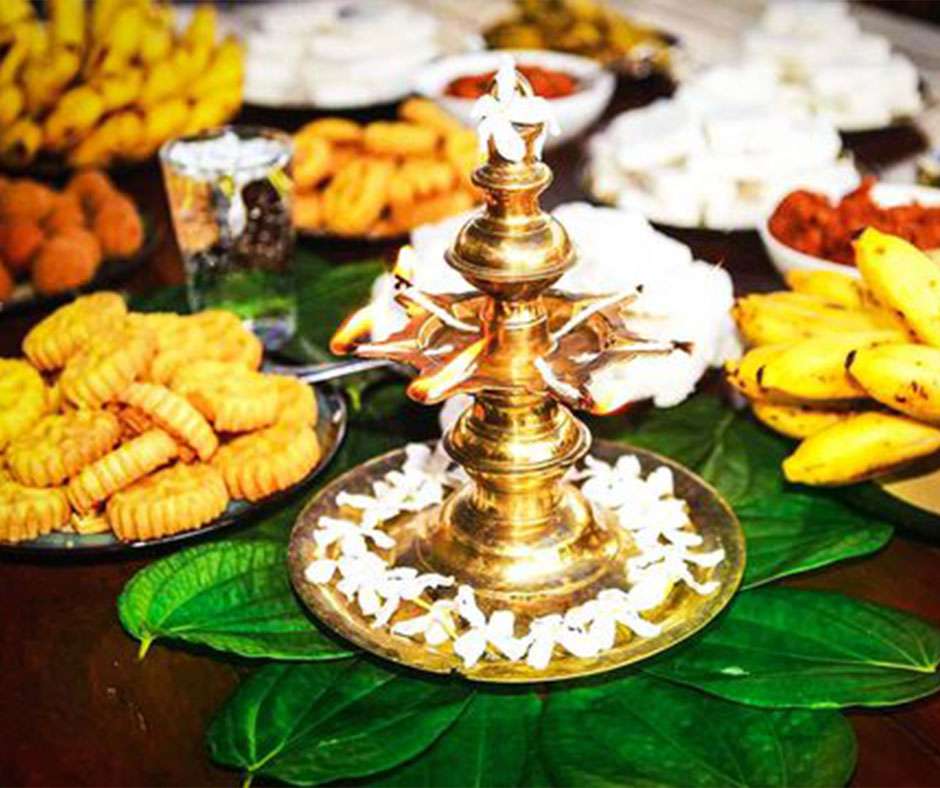
The spirit of the festival extends beyond individual homes. Streets come alive with vibrant processions, where people dressed in colorful attire parade with elephants and traditional dance troupes. This vibrant display of cultural heritage is a captivating sight, showcasing the richness of Sri Lankan traditions.
The Sinhala and Tamil New Year Festival is more than just a celebration of the changing year; it’s a time for families to reconnect, strengthen bonds, and embrace new beginnings. It’s a testament to the enduring spirit of Sri Lanka’s diverse cultures and a truly unforgettable experience for visitors to witness.
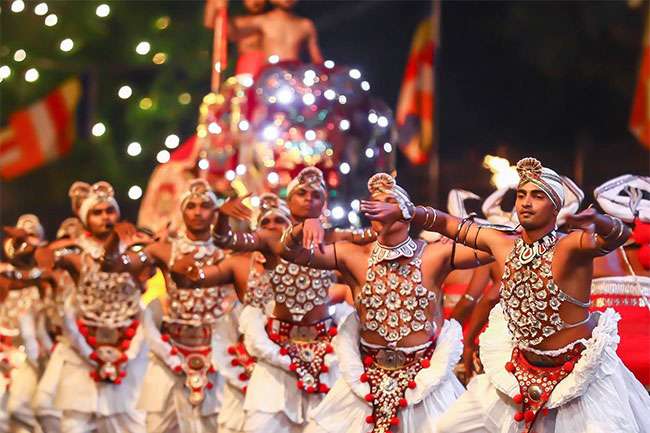
Esala Perahera
Every July and August, the Sri Lankan city of Kandy transforms into a vibrant stage for the Esala Perahera, a captivating festival steeped in history and cultural grandeur. This two-week spectacle, also known as the Festival of the Tooth, is a UNESCO-recognized intangible cultural heritage.
The heart of the Esala Perahera revolves around a sacred relic: the tooth of the Buddha, housed in the magnificent Sri Dalada Maligawa temple. The festival serves as a vibrant procession honoring this relic, believed to bring blessings of rain and prosperity.
As dusk descends, Kandy’s streets illuminate with a kaleidoscope of colors. The rhythmic thrum of thousands of Kandyan drummers fills the air, setting the pace for the captivating parade. Majestically adorned elephants, some draped in rich fabrics and adorned with elaborate jewelry, become the centerpiece of the procession.
The parade features a captivating array of performers. Fire-dancers, whip-dancers in vibrantly colored costumes, and stilt-walkers showcase their talents, mesmerizing the crowds. Traditional Kandyan dancers, adorned in vibrant attire, grace the streets with their elegant movements. Acrobats and jugglers defy gravity, adding a touch of thrill to the atmosphere.
Each night, the procession features a different group of performers, culminating in the grand finale known as the “Randoli Perahera.” This final parade boasts the most elaborate costumes and decorations, with the Maligawa Tusker, a majestic elephant adorned with a golden canopy, carrying a replica of the sacred tooth relic casket.
The Esala Perahera transcends a mere procession. It’s a vibrant tapestry woven from centuries-old rituals, cultural performances, and unwavering faith. This dazzling spectacle offers a unique window into Sri Lankan heritage, leaving a lasting impression on all who witness it.
Vesak Festival
Sri Lanka comes alive with vibrant colors, shimmering lights, and an air of serenity during Vesak, a festival known as the “Festival of Lights.” Celebrated on the full moon Poya day in May, Vesak commemorates the three most significant events in the life of Gautama Buddha: his birth, enlightenment, and Parinirvana (passing away into Nirvana). More than just religious observances, Vesak is a cultural tapestry woven with traditions, acts of merit, and a spirit of community.
The days leading up to Vesak witness a transformation across the island. Homes and public spaces are adorned with colorful Vesak lanterns, intricate creations handcrafted from paper and cloth, glowing with the warm light of oil lamps. Elaborate pandals (temporary structures) depicting scenes from the Buddha’s life are erected in towns and cities, becoming focal points for prayer and meditation.
The spirit of Vesak transcends religious boundaries. The sale of alcohol and meat is traditionally restricted, fostering a sense of peace and introspection. The streets come alive with Dansal, charitable stalls offering free food and drinks to everyone, a testament to the core Buddhist principle of generosity (Dana). Devotees clad in white robes throng temples throughout the day, offering flowers, chanting hymns, and observing sil (eight precepts) – a commitment to ethical conduct.
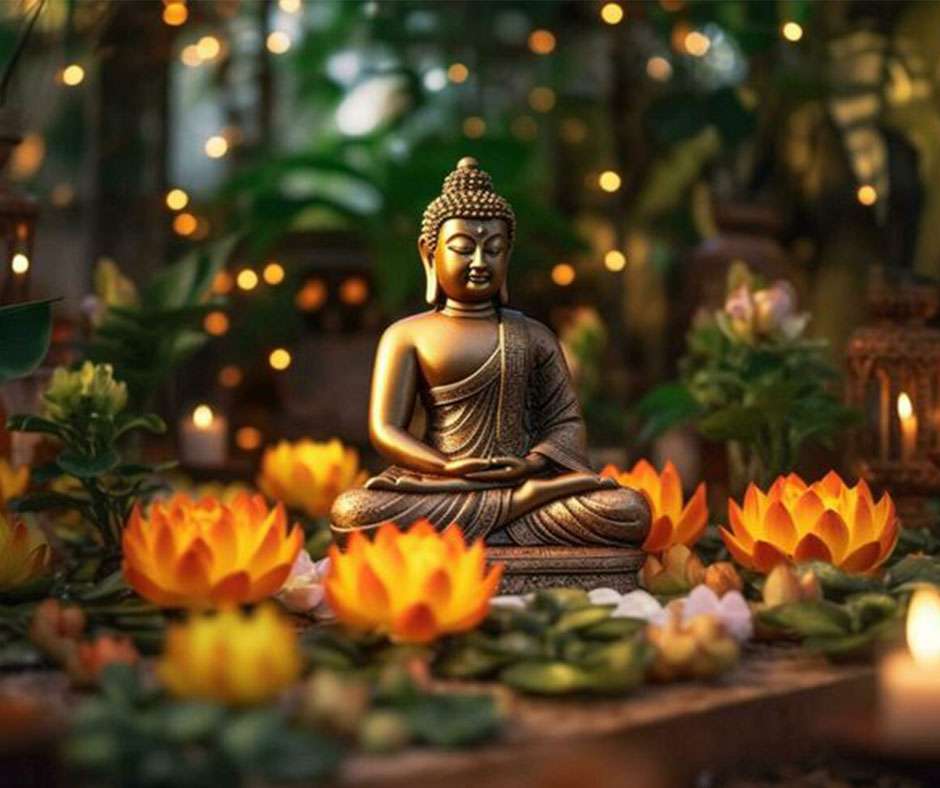
Vesak evenings are particularly mesmerizing. Streets are illuminated with countless lanterns, casting a magical glow. Chanting and the gentle clinking of prayer beads fill the air, creating a serene atmosphere. Processions carrying beautifully adorned Buddha statues wind through towns, accompanied by the rhythmic beat of drums.
Beyond the festivities, Vesak serves as a potent reminder of the Buddha’s teachings – compassion, mindfulness, and the pursuit of enlightenment. It’s a time for reflection, for acts of kindness, and for strengthening bonds within families and communities. Whether you’re a Buddhist pilgrim or simply a curious traveler, experiencing Vesak in Sri Lanka is a journey that will illuminate your senses and leave a lasting impression on your soul.
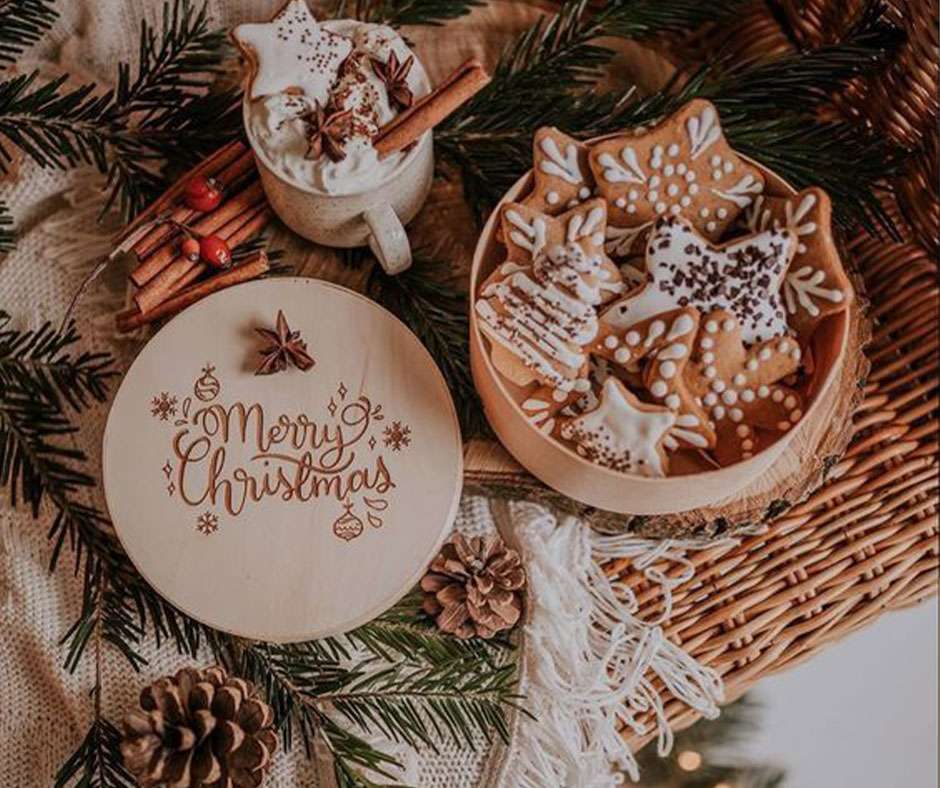
christmas in Sri Lanka
Sri Lanka might surprise you as a Christmas destination, but beneath the palm trees and warm sunshine lies a vibrant festive spirit. Though Buddhism is the main religion, Christmas is a cherished public holiday, a legacy of Portuguese and Dutch colonial influence. Here, Christmas is a delightful blend of tropical charm and heartwarming traditions.
Preparations begin weeks before December 25th. Homes are spruced up, twinkling lights adorn streets, and Christmas carols, sung in Sinhala and Tamil, fill the air. Shopping takes on a festive twist with bustling Christmas markets offering local handicrafts, dazzling gemstones, and delectable sweet treats.
Christmas Eve is a time for family gatherings. The faithful attend midnight mass services, followed by joyful reunions with loved ones. Homes are filled with the aroma of traditional Sri Lankan Christmas fare – a delicious fusion of European and local flavors. Roast turkey or baked ham might share the table with savory lamprais (rice and curry wrapped in a banana leaf) and delectable wattalapam (a creamy coconut custard dessert).
On Christmas Day, the festivities continue. Families exchange gifts, children are showered with joy, and the day is filled with laughter, delicious food, and warm hospitality. Many attend church services in the morning, followed by a leisurely Christmas lunch under the tropical sun. Popular destinations like Galle and Colombo transform into winter wonderlands with festive decorations and vibrant Christmas cheer.
Beyond the religious aspects, Christmas in Sri Lanka is a celebration of togetherness and joy. For tourists, it offers a unique chance to experience a different kind of Christmas – one where Santa Claus might be called “Naththal Seeya” and carols are sung under a starlit sky. So, if you’re looking for a Christmas escape with a touch of the unexpected, Sri Lanka awaits with open arms and warm sunshine.
Hikkaduwa Beach Festival
Sri Lanka’s southern coast transforms into a kaleidoscope of color and rhythm during the annual Hikkaduwa Beach Festival. Typically held between July and August, this five-day extravaganza is a celebration of life, music, and the island’s stunning beaches. Imagine yourself basking in the warm sunshine, the turquoise waters lapping at your toes, while infectious beats pulsate through the air. World-renowned DJs and local musicians take center stage, creating an electrifying atmosphere that keeps the party going from dusk till dawn.
But the Hikkaduwa Beach Festival is more than just pulsating dance floors. It’s a vibrant tapestry woven with cultural experiences for all ages. Witness the awe-inspiring grace of fire dancers illuminating the night sky. Be captivated by the intricate artistry of sandcastle competitions, where fleeting masterpieces rise from the golden sand. Family-friendly events like movie nights under the stars and fun-filled game shows ensure everyone gets a taste of the festival magic.
Foodies will be in paradise, with stalls overflowing with fresh seafood delicacies, fragrant curries, and tropical fruits. Local vendors showcase their handcrafted souvenirs, offering a chance to take a piece of Sri Lanka back home.
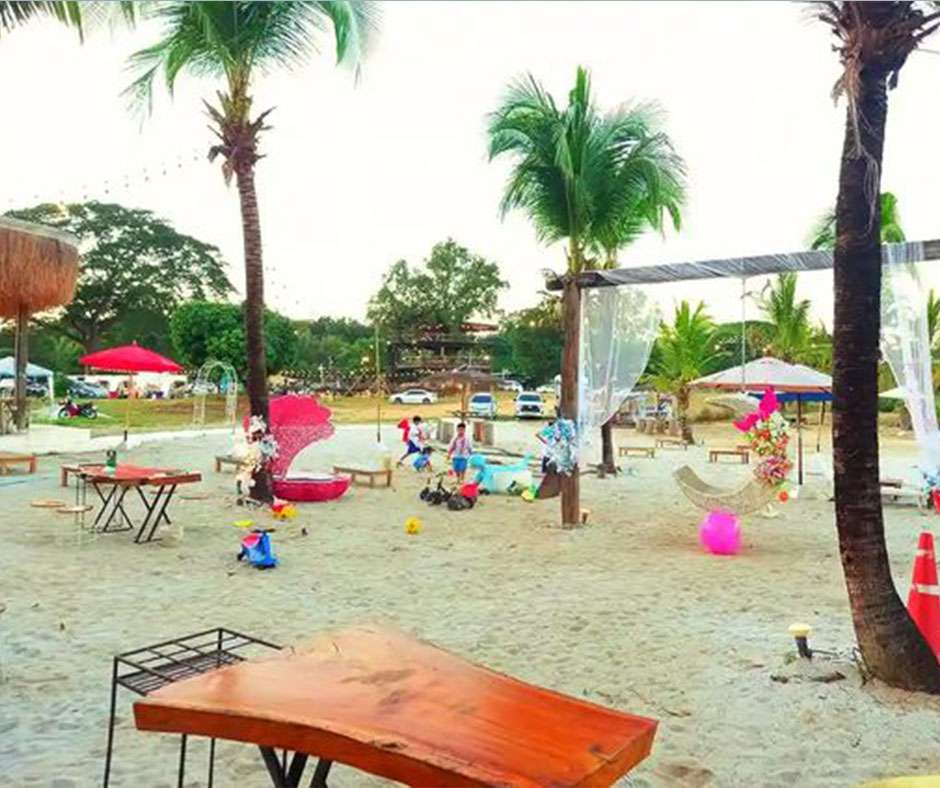
As the sun dips below the horizon, the beach transforms into a mesmerizing spectacle of light. Intricate fireworks displays paint the night sky with dazzling colors, leaving you breathless with wonder. Whether you’re a seasoned partygoer, a culture enthusiast, or simply seeking an unforgettable family vacation, the Hikkaduwa Beach Festival promises an immersive experience that will leave you yearning to return to Sri Lanka’s vibrant shores.
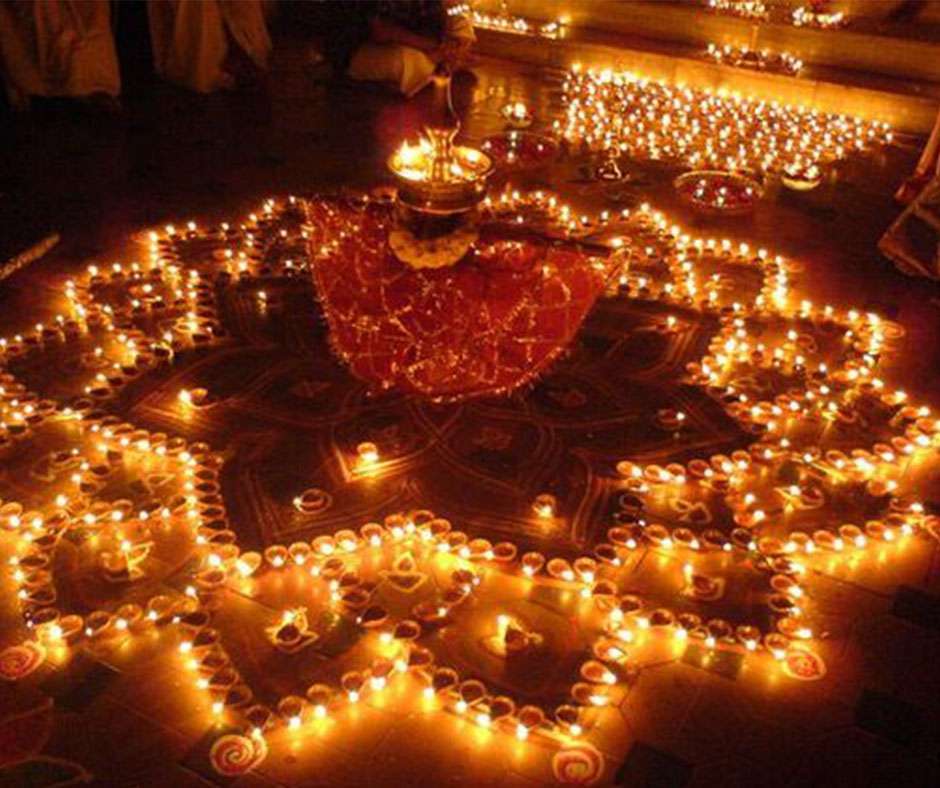
Deepavali Festival in Sri Lanka
As autumn paints the skies of Sri Lanka, a vibrant festival illuminates the island nation – Deepavali, also known as the Festival of Lights. Celebrated by the Tamil Hindu community, Deepavali is a five-day spectacle that transcends religion, becoming a time for families and friends to come together and embrace the triumph of good over evil, light over darkness, and knowledge over ignorance.
The festivities begin with homes undergoing a thorough cleaning, symbolizing the removal of negativity. Rows of clay diyas (oil lamps) are then meticulously arranged, their flames flickering to life each evening, painting houses and streets in a warm, golden glow. The air fills with the sweet fragrance of incense and the rhythmic chanting of prayers.
On the main day, coinciding with the darkest night of the Hindu lunar calendar, devotees dress in their finest attire and gather in temples adorned with vibrant marigold garlands. Special pujas (prayers) are offered to Lakshmi, the goddess of wealth and prosperity. Fireworks illuminate the night sky, creating a mesmerizing spectacle that reflects on the still waters of lakes and ponds.
Deepavali is also a time for joyous feasting. Homes overflow with the aroma of traditional dishes like murukku (savory rice flour twists), vadai (lentil fritters), and sweet treats like kavum (deep-fried rice flour balls soaked in syrup). Exchanging gifts and sharing blessings with loved ones further strengthens the bonds of community.
Beyond the religious significance, Deepavali in Sri Lanka is a vibrant cultural experience. Traditional dances like Bharatanatyam come alive, their rhythmic movements mirroring the flickering flames of the diyas. Children delight in bursting firecrackers, their joyous laughter echoing through the streets. The spirit of generosity and goodwill permeates the air, making it a time for reconciliation and forgiveness.
Whether you witness the mesmerizing spectacle of illuminated temples, savor the flavors of traditional delicacies, or simply experience the warmth of Sri Lankan hospitality during Deepavali, you’ll be touched by the essence of this magical festival. It’s a celebration that transcends cultural boundaries, reminding us all of the power of light to illuminate our lives and the world around us.
